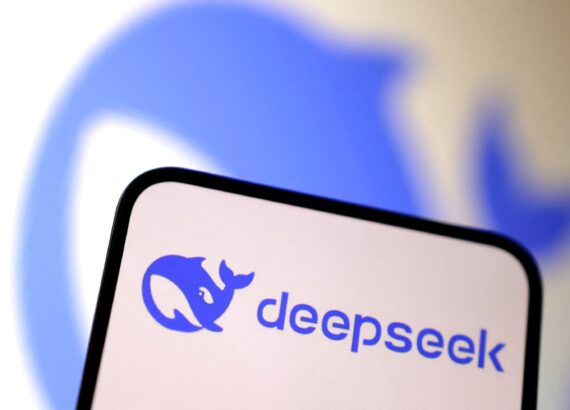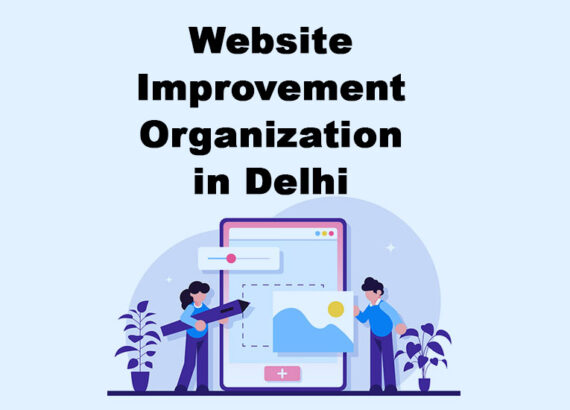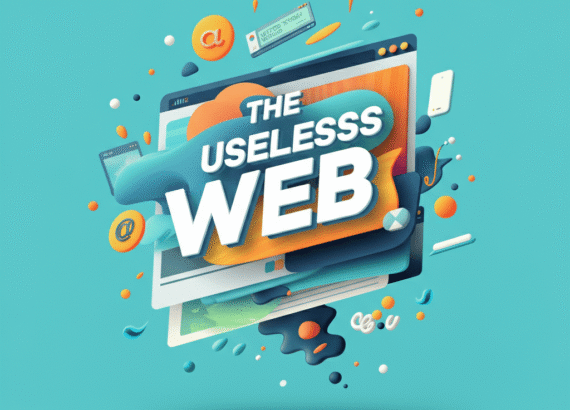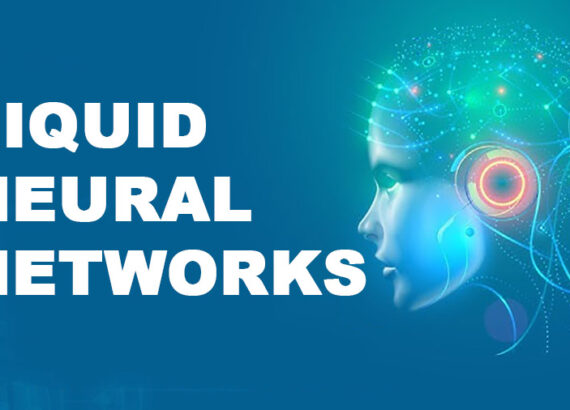Hey, readers! As you know, we can’t imagine a faster work-life without AI. It’s in our phones, our social feeds, our emails, and even helping us cook dinner (thanks, recipe chatbots!). But with all these AI tools flooding the internet, it’s getting a bit tricky to keep up with what’s what. Two big names you’ve probably heard floating around are Meta AI and ChatGPT. Large language models power both, both promise to make life easier, and both are—well, kinda everywhere. But here’s the thing: they’re actually quite different in how they’re built, what they’re used for, and the kind of experiences they’re designed to create. This blog discusses the differentiating features of Meta AI and ChatGPT. Let’s get going!
Meta AI: The Social Sidekick
From research labs to in-app features, Meta AI is the brainpower behind the smart stuff in your favourite social platforms. They’ve built a large language model (LLM) called LLaMA, which is short for Large Language Model Meta AI. Think of LLaMA as the engine. Meta then uses that engine to power all kinds of features, like AI characters, assistants in Messenger, image editing tools on Instagram, and even VR experiences through their Quest headsets. It’s like they’re sprinkling AI across your digital life without asking you to download anything new.
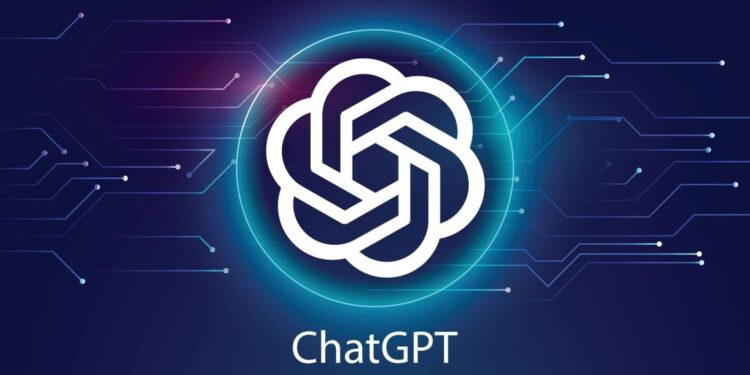
ChatGPT: Your Super Smart Sidekick
Now, let’s talk about ChatGPT. Well, ChatGPT is a supersmart AI bot that is incredible in its own way. You type something in, and it responds in seconds. It can write poems, explain quantum physics, help with homework, debug your code, brainstorm ideas—you name it. It’s more like a digital assistant that lives in your browser or app and is always ready to help with real tasks, no matter how small or complex. And yes, it’s scarily good at sounding human. Unlike Meta AI, ChatGPT is a standalone tool. You go to chat.openai.com or use the mobile app, and the conversation begins. You’re not scrolling through stories or sending memes—it’s a direct interaction. ChatGPT is powered by the GPT (Generative Pretrained Transformer) model series—GPT-3.5 and GPT-4 being the most used right now. And these models are really, really smart. They’ve been trained on huge amounts of text from the internet, books, Wikipedia—you name it—so they can predict and generate language with near-human fluency.
Purpose: Productivity vs Social Enhancement
Here’s where the personalities of these two tools start to diverge. Different Purposes, Different Vibes! Here’s where the differences really start to shine through. ChatGPT is all about being your personal assistant—creative, informative, and sometimes even funny. It’s task-focused. People use it to get stuff done.
Meta AI, on the other hand, feels more like a friendlier feature than a full-fledged assistant. It’s embedded into your daily social media routine. Need a caption idea? It’s there. Want to chat with a celebrity-inspired AI character? Go for it. It’s all about enhancing your online experience, not replacing your productivity tools.
So, while ChatGPT wants to work with you, Meta AI wants to hang out with you.

The Tech Under the Hood
Let’s nerd out for just a minute. ChatGPT runs on GPT models, which are incredibly powerful but tightly controlled. OpenAI doesn’t let you tinker with these models directly. You can use them, you can build with them using APIs, but you can’t peek under the hood.
Meta, on the flip side, is playing the open-source game. Their LLaMA models are available for researchers and developers to download (with permission). This means people around the world can build their own AI tools based on Meta’s models. That’s a huge deal in terms of transparency and collaboration. It’s also why a lot of the smaller AI tools popping up today are powered by LLaMA under the hood.
Where You Use Them
Here’s something most people don’t realize: ChatGPT and Meta AI live in completely different spaces. ChatGPT is a standalone product. You go to chat.openai.com, sign in, and start chatting. Meta AI is baked right into your favourite apps. You might see it on WhatsApp, Facebook, or Instagram. It’s subtle, but it’s there—helping you find info, answer messages, or edit your selfies. One’s a destination. The other is a background feature.
For Creators and Businesses
Meta is focusing heavily on creators and digital marketing. Their AI tools are aimed at:
- Helping influencers generate content faster
- Giving advertisers better tools for writing copy
- Improving the way businesses use messaging for customer service
They’re building AI into the creator economy and into business messaging, especially on platforms like WhatsApp Business.
ChatGPT, on the other hand, is more about productivity and enterprise. It’s being used in:
- Corporate environments (think Microsoft Copilot)
- Customer support systems
- Educational apps
- Coding tools
Basically, ChatGPT is entering every corner of professional life—while Meta AI is living where the people are: on social media.

Training, Bias, and Ethics
Both companies are aware of the ethical concerns surrounding AI.
OpenAI adds filters and safety layers to ChatGPT to reduce bias and misinformation. But sometimes, it still “hallucinates”—that is, it makes stuff up confidently. You’ve probably seen this if you’ve asked it a tricky question and gotten a very wrong, very convincing answer.
Meta’s models are also being tested for safety. But since LLaMA is open-source, it can be retrained, rebranded, and sometimes misused by others in ways Meta can’t fully control. That’s the double-edged sword of transparency.
Availability and User Access
ChatGPT is like an app you visit. You know when you’re using it. You can either use the free version (GPT-3.5) or subscribe to ChatGPT Plus for access to GPT-4 and extra features like internet browsing, file uploading, and more.
Meta AI, however, isn’t something you log into. It shows up within other apps you’re already using. On Instagram, you might see it suggest a caption or offer to enhance your story. You can chat with it on WhatsApp in a conversation thread.
Conclusion
Here’s the conclusion – As AI continues to evolve, the lines may blur. But for now, understanding the unique strengths of each tool helps us use them better—and smarter. Nextr Technology is the best web development agency in Delhi. We provide insightful articles to create awareness and understanding among users and professionals. To know more, contact us!
Thank you for reading
Buy Web Hosting at an affordable price: Buy Now.
If you want to build your website at an affordable price, contact www.nextr.in
Read this: Open AI Academy – An Opportunity to Avail AI Tools and Training





